Unicorns and other streamer rods: Reviewing the Orvis Helios 3
The kind of fish-imitating flies known as streamers have fascinated me for what feels like forever – maybe ever since I was sitting in my high chair at my parents’ kitchen table looking at the pictures in 1970s LL Bean mail order catalogues, which I now suspect were full of classic Maine-style streamer patterns like Carrie Stevens’s Gray Ghost.
Forty-something years later, streamers still aren’t universally accepted on this side of the Big Pond, mostly because of the Victorian values that continue to hang around British fly-fishing culture – but where the rules (or lack of them) have permitted, these flies have given me some of the best moments of my fishing life so far. My very first trout from the Wandle, for example, was lured by a little black Clouser Minnow, while a similar pattern swung downstream into the tunnel under Manchester airport’s runway helped me make this one of the most iconic locations of Trout in Dirty Places. I’ve also managed to save more than one trip to the Alps with big bunny streamers in dirty or rising water.
Over the years, I’ve fished streamers on a lot of different rods (some of them quite unsuitable, but unavoidable under particular circumstances) and I’ve come to understand that a good streamer rod is a bit of a unicorn. Ideally, it needs to be powerful enough to throw a heavily weight-forward line and reasonably large fly without collapsing, yet light enough that you don’t feel you’re swinging a club all day: fast and accurate, to hit small targets and impart fish-grabbing movement to the fly, yet sensitive enough to feel delicate takes (not all streamers get eaten with a classic smash-and-grab) and even do backup service as a dry fly or nymphing rod in an emergency.
Add to all that my own particular preference for 10-foot rods on almost any water, and yes, I think that’s a unicorn I’m hunting for.
In 2015, soon after George Daniel published his American streamer bible Strip-Set, I got in touch with him to compare notes and ask which rods he rated, and banked the valuable intel that he preferred the Orvis Helios 2 in a 10-foot 5-weight. After that, I finished teaching myself all the lessons I’ve mentioned above, with a range of other different rods from 2- to 6-weights, and by the time I looked seriously at the question again, Orvis had launched the Helios 3.
Accurate from anywhere, they said.
A rifle in a world of muskets, they said.
Strategically reinforced blank, using materials otherwise reserved for military helicopter blades, producing reduced horizontal and vertical tip vibration, less swing weight, fewer casting variables, and it’s all been tested on a custom-built robotic casting rig, they said.
OK, that’s got my attention. (As did this).
So, for the last few weeks, with huge thanks to the Orvis marketing team, I’ve been test-driving the Helios 3F in the 10-foot 5-weight configuration. It’s travelled with me nearly everywhere, from West Country rivers to Highland lochs in the far north of Scotland, and it really does seem to keep the promise of the copy in the catalogue.
From rivers to lochs, the H3 has felt just as comfortable firing a tight loop of line under branches 30 feet away, to lure a big wild brown out of her bankside eddy with a 3-inch beadhead streamer, as hammering 90 (well, maybe 80) foot casts into the teeth of a gale on Loch Veyatie, and detecting the tug of a 12-inch baby ferox a couple of feet under rolling waves. With all the other streamer rods I’ve been using so far, I suspect I might have struggled to get near those fish.
Mainly I’ve matched the H3 with an aggressively-tapered Sunray El Guapo full-floating line, and a range of Airflo polyleaders: shorter and heavier for rivers, longer and lighter for lochs and other stillwaters. For throwing much bigger streamers on a regular basis, you might want to go up a couple of line weights, but I’m as confident that I can be that the super-stable tip and lower-blank strength of this 10-foot 5-weight make it fully capable of handling the vast majority of streamer fishing for trout in the UK.
The H3’s cosmetics are said to be based on snowsports, golf or mountain biking hardware, and one or two of my fishing pals have seen the photos and asked sarcastically when I joined the ‘White Stripes’ – apparently the nickname for H3 aficionados because of the striking white flash on the rod’s blank, just about the handle. To begin with, I didn’t quite know what to make of this design decision, either, but experience suggests that it really doesn’t matter: the H3’s technical performance means your attention is all out there, at the end of your line, totally focused on where your fly is working in the water. The rest of the rod is finished in a much stealthier matte grey, but if you find that white flash really bothering you, you can always cover it with joint tape. (For what it’s worth, I haven’t noticed any fish-spooking effect so far – perhaps because of the operating ranges for streamer work – and in Scotland the splash of white actually made the H3 easier to find where I’d temporarily left it in the rocks and heather in favour of a lighter dry fly rig).
Somebody, maybe even another reviewer of the H3, has said that the mark of a great rod is that you can forget you’re using it – the rod just does what you tell it to do, even when that’s pretty unrealistic. By that measure alone, as I’d hoped, this feels like a standout streamer rod for UK waters, accurate and powerful enough to boss a medium-sized streamer on an aggressively-tapered fly line, and handle big wild river trout up to 3lbs+ with some authority – yet sensitive enough to suggest what the streamer is doing even when I can’t see it, and make it fun to catch trout of almost any size. It puts a smile on my face and makes me keener than ever to fish the streamers that fascinate me, and I can’t reasonably ask for more than that.
Finally, I think this is the unicorn I’ve been hunting for. Now I’m just going to have to work out how to get it into my stable on a permanent basis…
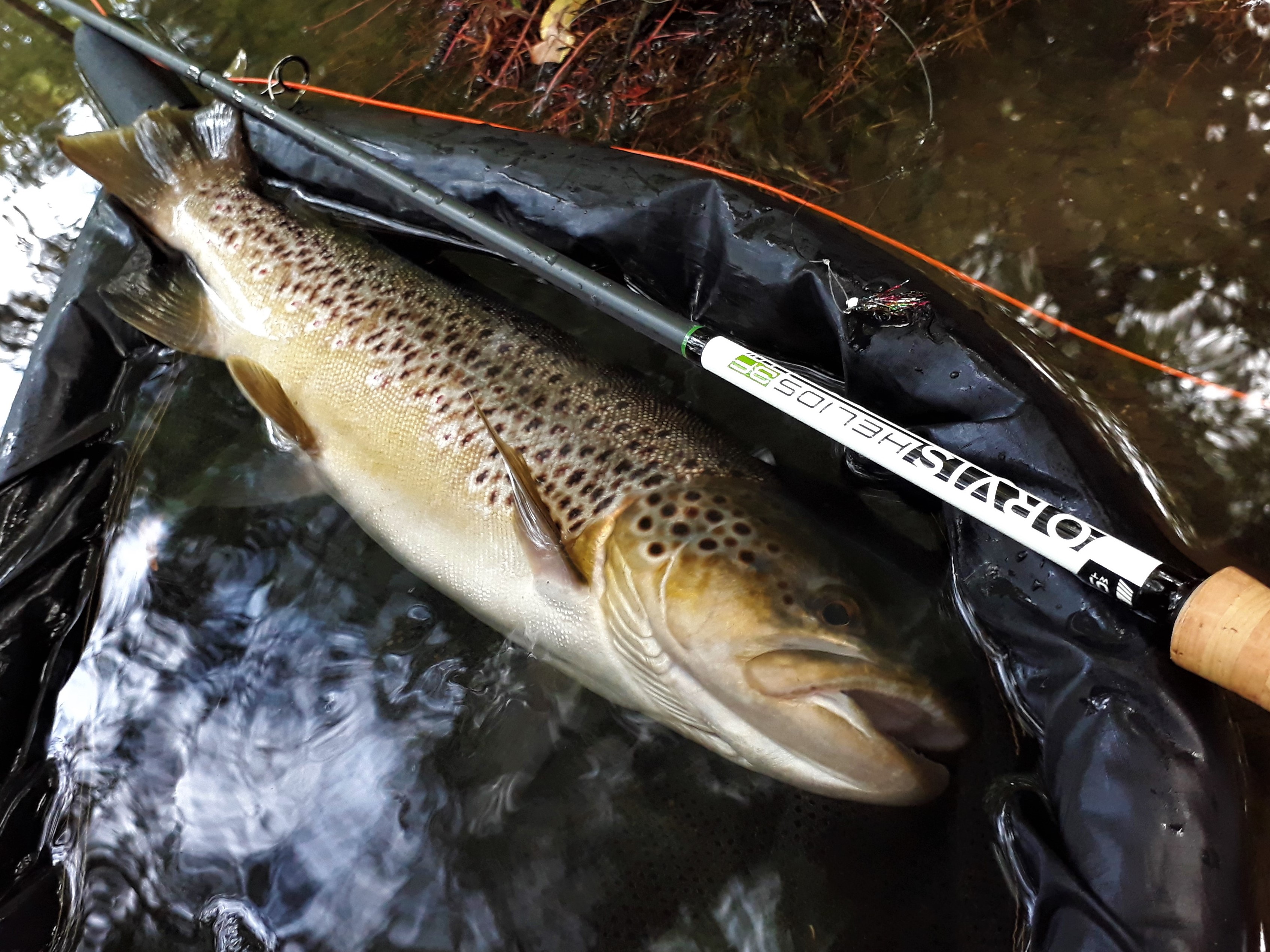
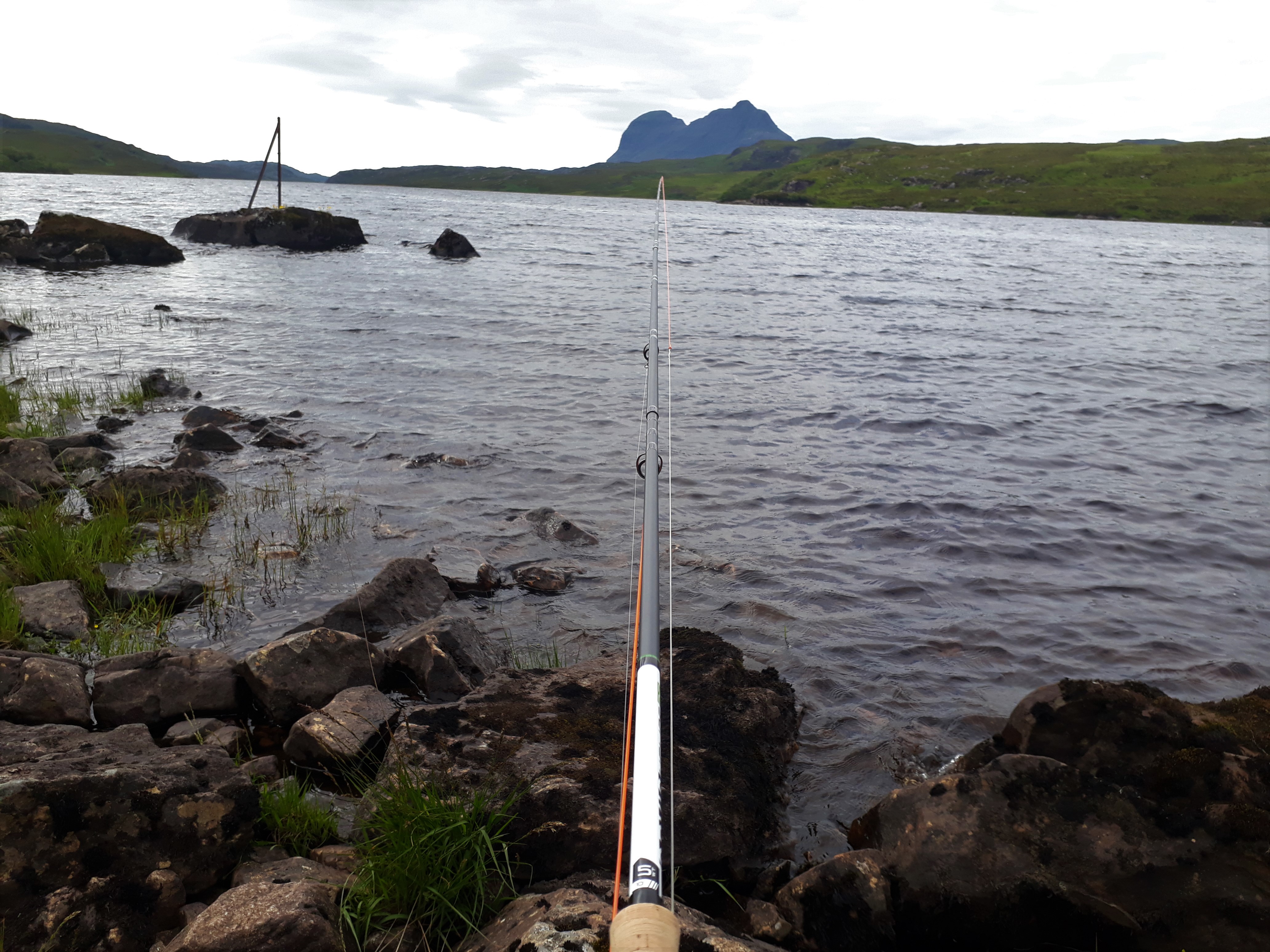
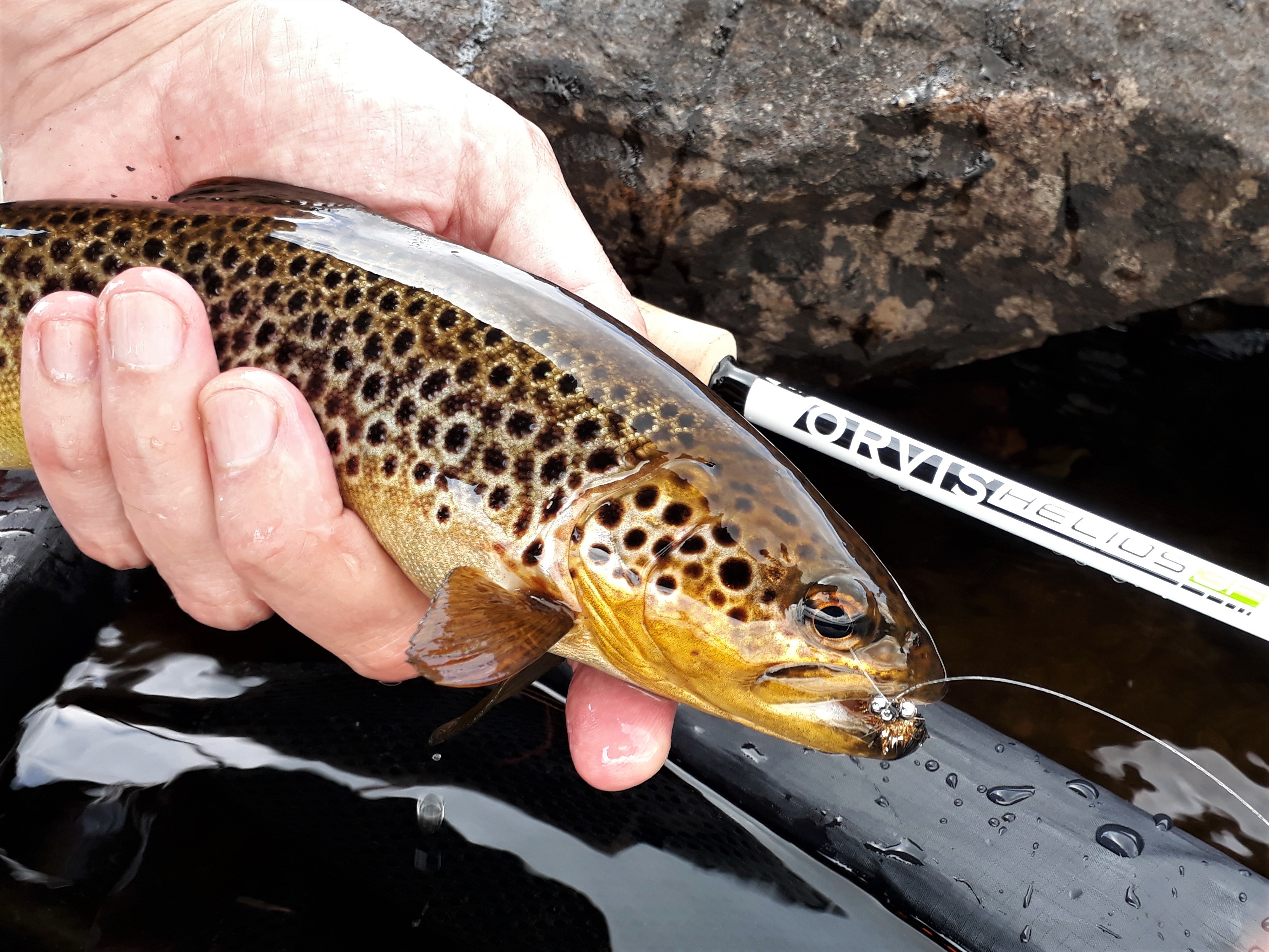
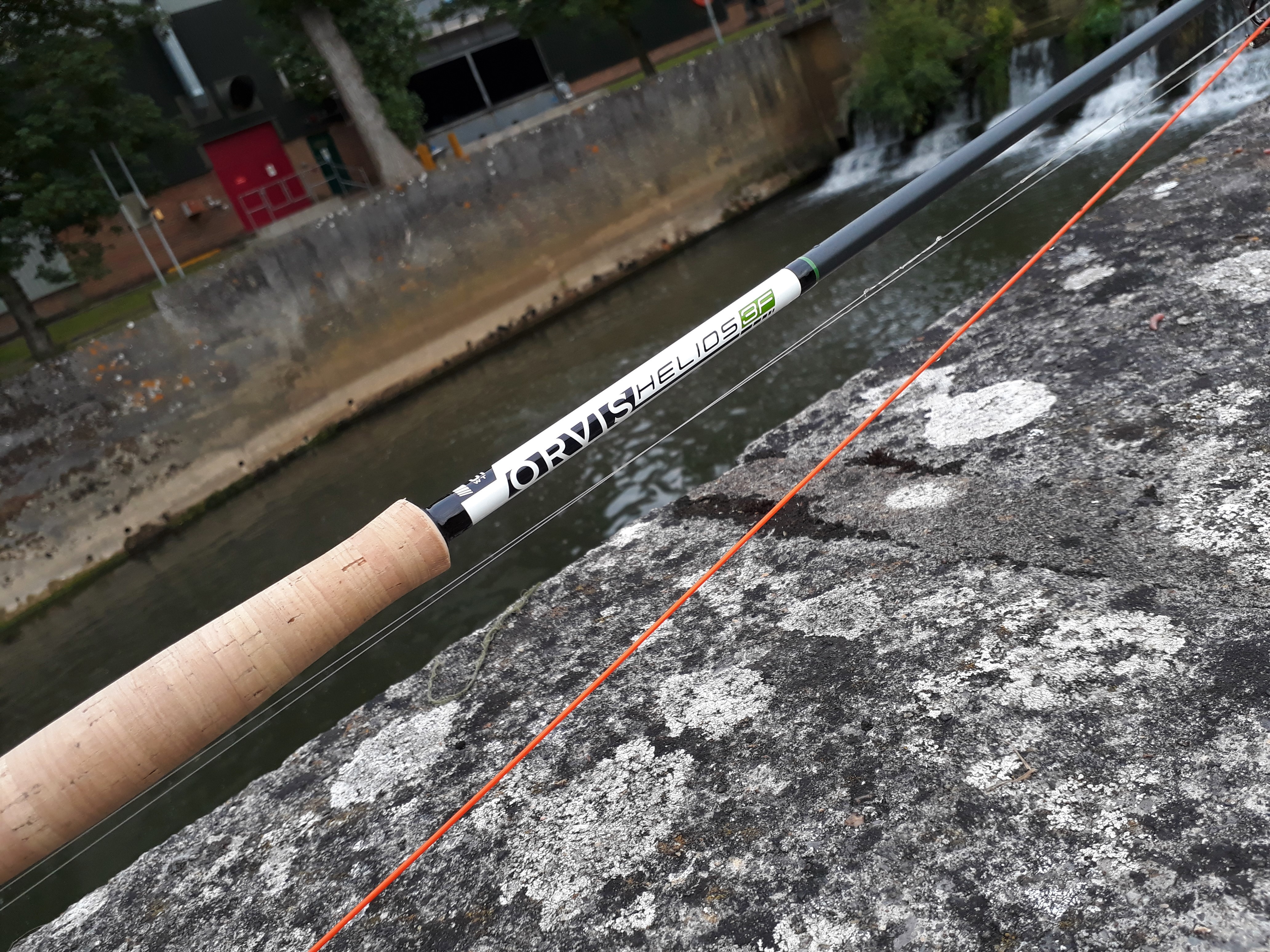

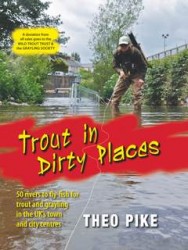
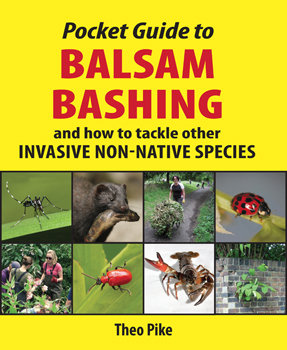
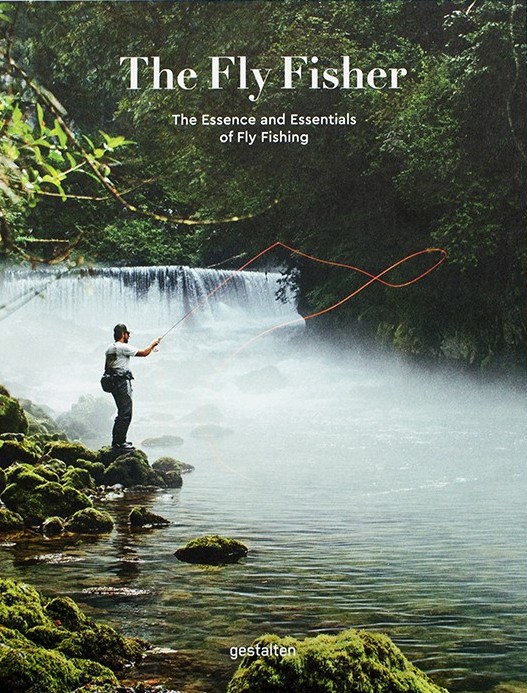
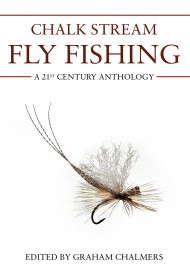
Leave a Reply